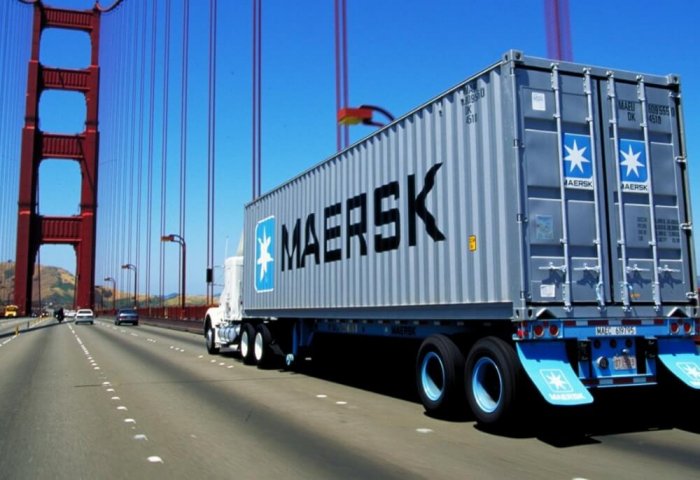Macroeconomic forecasts for 2023 indicate a slowdown in the European economy, which will be reflected in the road freight market. In fact, strong demand from the retail sector and a recovering manufacturing sector have accelerated the recovery of the European road freight transport market. However, road freight market in Europe continues to grapple with a number of supply and demand-side shocks that will impact overall growth, including rising cost pressures, supply and capacity disruptions, regulatory changes, and driver shortages.
According to research by Transport Intelligence, the European road freight market in 2023 will expand 1.1 percent in real terms to reach more than €389.3 billion. The road freight markets of Eastern European countries will see more growth than the ones of Western European countries. Germany, Italy and the UK are among those that will experience a lower growth rate. Growth in road transport in Germany is expected to reach mere 0.6 percent, lower than international growth (2.4 percent).
In Italy in 2023, road transport growth is expected to be 0.3 percent, due to strong pressure on consumers from inflation and an increase in interest rates, which will negatively affect freight transport demand. The same can be said for the UK, which is expected to experience a recession.
Things are expected to be better in France, where Transport Intelligence forecasts a growth of 1 percent in road transport, and in Spain, with a growth rate of 1.3 percent (thanks above all to growth in industrial production).
Transport Intelligence is very cautious about post-2023 forecasts due to the strong uncertainty in economic and geopolitical trends. The analysis cites inflation, raw material shortages, consumer behavior, driver shortages and rising costs as elements of unpredictability.
The effects of inflation on the supply side of the European road freight market, particularly on diesel prices, have led to significant increases in road freight rates. It is reasonable to predict that smaller road transport business owners will suffer disproportionately from the increase in their costs, while larger providers will maintain or even increase their presence in the market due to their ability to manage higher fuel prices.
Fuel costs are only one of the challenges currently shaping the European road freight market. The shortage of heavy vehicle drivers has long been a problem in the area and continues to drive up rates. By the end of 2021, around 380,000-425,000 truck driver positions were vacant in Europe, according to IRU estimates.
According to IRU, the driver shortage in Europe is expected to increase by 40 percent between 2023 and 2026. Despite companies taking various initiatives to alleviate the issue, including wage increases and funding for heavy vehicle training, the sector is still struggling to attract more professionals.
Nurmyrat Mommayev,
PhD Candidate at Marmara University's Department of Political Science and International Relations in Istanbul, Turkey









30635-90x604.jpg)




30625-90x604.jpeg)
_(1)30624-90x604.jpg)


